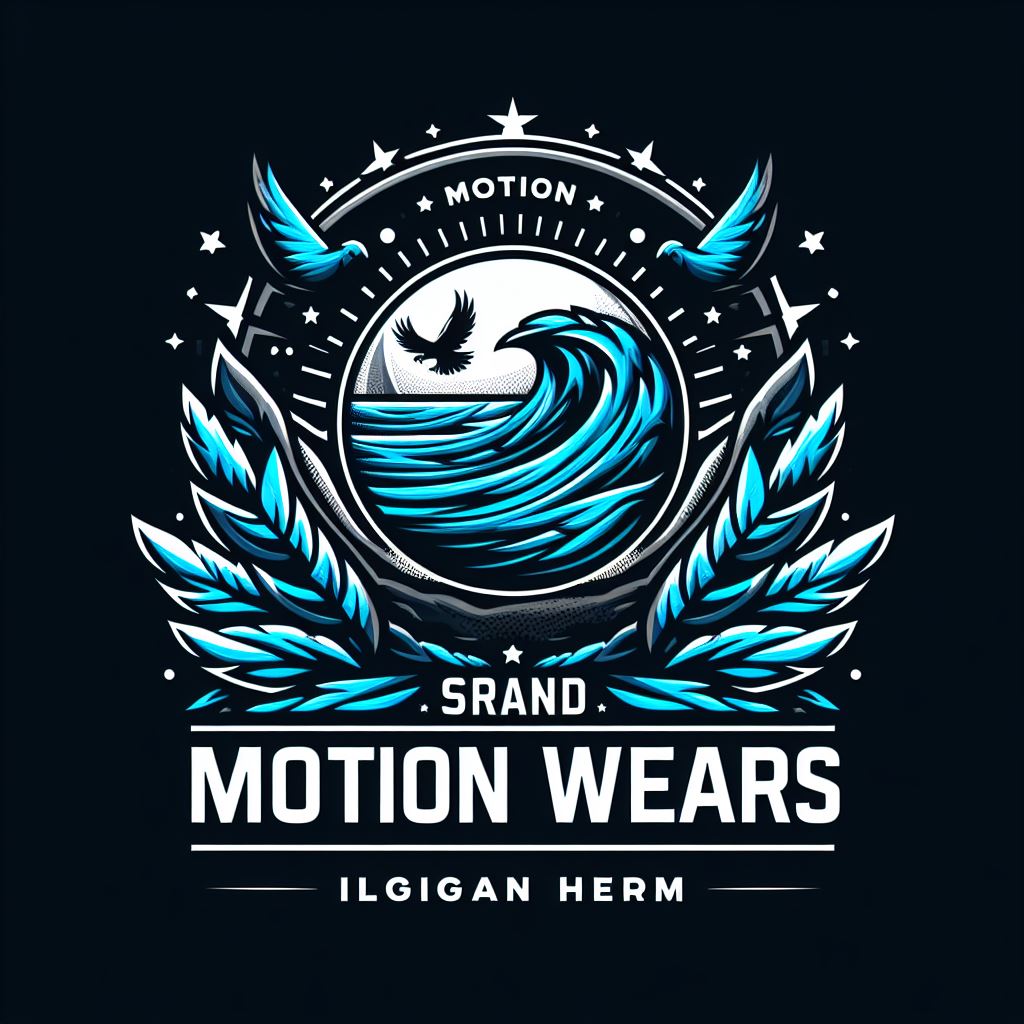
When it comes to soccer, what you wear on your feet can make or break your performance, not to mention your comfort. Choosing proper soccer cleats isn’t just about looking the part; it directly impacts how you feel and play on the field.
Different playing surfaces require different types of studs. Firm ground cleats are best for natural grass, while soft ground cleats are designed for muddy fields. Artificial ground cleats are perfect for turf or indoor soccer. Knowing which stud type to pick ensures you get the right grip and stability.
Getting the right fit for your cleats is just as crucial as picking the right type. The cleats should feel snug but not tight, giving your toes some wiggle room. Try them on with the socks you’ll be wearing during games to ensure an accurate fit. Remember, a snug fit means better control and fewer blisters.
Once you’ve got the perfect pair, taking care of them will extend their life and keep them performing well. Clean them after every game, let them air dry, and each time you lace them up, ensure there are no damages or wear and tear. Proper maintenance keeps you ready to hit the field without any last-minute issues.
Protective Gear: Ensuring Safety on the Field
Shin guards are a non-negotiable part of your soccer gear. They shield your lower legs from impacts, reducing the risk of fractures and bruises. There are different types: slip-in guards fit into your socks, while ankle guards offer extra protection with built-in ankle shields. It’s important to choose a type that feels comfortable and secure during play.
Mouthguards might not be the first thing you think of, but they’re vital for preventing dental injuries. Today’s mouthguards are lightweight and customizable, making them comfortable and effective. Make sure that the fit is snug but not too tight. Regularly inspect and clean your mouthguard to ensure it stays in good condition.
Socks do more than just cover your feet. Compression socks, in particular, can help improve circulation and reduce muscle fatigue. They’re also designed to work seamlessly with shin guards, holding them in place and providing a friction barrier that can help prevent blisters. Make sure you choose high-quality, breathable socks for maximum comfort.
Headgear is gaining traction in youth soccer for concussion prevention. Soft headbands and padded helmets are designed to absorb and dissipate impact forces. If you or your young athlete are concerned about head injuries, investing in good-quality headgear can make a notable difference. Always ensure the headgear is properly fitted and comfortable for the wearer.
Training Equipment to Enhance Skills
Agility drills are the cornerstone of soccer training, and cones and markers are invaluable for this. They help improve footwork, change of direction, and speed. Setting up different drills with cones can mimic game situations, enhancing both agility and decision-making on the field.
Rebound nets and walls are fantastic for practicing passing and ball control. With these tools, you can work on receiving and redirecting the ball, sharpening your reflexes and precision. They’re also great for solo practice sessions, giving you the opportunity to improve even when a teammate isn’t available.
Speed ladders are excellent for working on quick feet. These lightweight tools are easy to set up and transport, making them perfect for both individual and team training. Running through the ladder in various patterns can drastically improve your coordination and agility, key components in soccer.
Portable goals are ideal for any training session. They can be set up almost anywhere, allowing for diverse and dynamic practice scenarios. Whether you’re working on shooting, passing, or even small-sided games, these goals offer the flexibility to tailor your training to specific needs.
Tracking and Analysis Tools for Performance Improvement
GPS trackers have become a game-changer in monitoring performance. These small devices provide insights into distance covered, speed, and positioning on the field. By analyzing this data, you can tailor your training to address specific areas of improvement, ensuring you make the most of your efforts.
Heart rate monitors are another valuable tool for understanding your physical exertion during training. Monitoring your heart rate helps you maintain optimal intensity levels, avoiding overtraining and ensuring you’re getting the most benefit from your workouts. These tools can guide you to stay within your target heart rate zones for both endurance and sprinting drills.
Video analysis is like having a personal coach at your fingertips. Recording your sessions and games allows you to review your technique, positioning, and decision-making. Breaking down these elements can help identify strengths and areas for improvement, providing actionable insights for your training regime.
Apps and software designed for soccer coaching can bring all this data together. Platforms offering comprehensive analytics give you a rounded view of your performance. From tracking stats to creating training plans, these digital tools help you organize and optimize your training, making sure you’re on the right path to reaching your goals.
